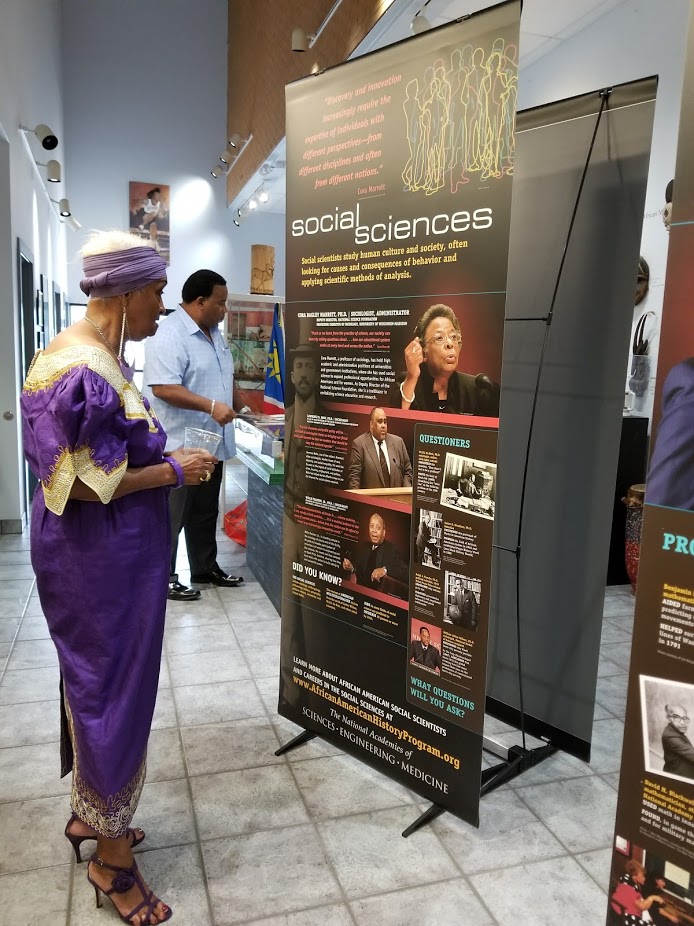BHM Banner
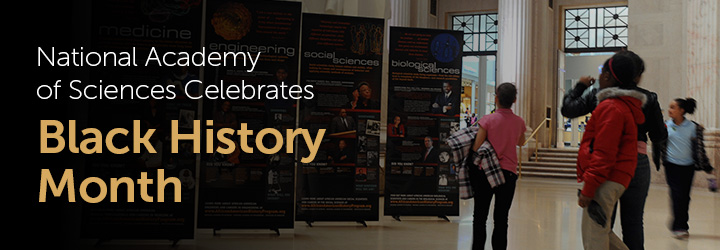
Black History Month
This Black History Month, follow along as we highlight Black NAS members and their incredible contributions to the physical, biological, social, and medical sciences in a social media campaign. On this page, you will find those featured in this year’s campaign and an overview of the Cultural Programs of the National Academy of Sciences' traveling exhibit "The Creative Mind."
 Dawn Wright is a leading authority in the use of geographic information systems technology on seafloor mapping and environmental conservation. She published the first studies illustrating the broad implementation and needed evolution of GIS, image processing, and data modeling for deep ocean and coastal environments.
Dawn Wright is a leading authority in the use of geographic information systems technology on seafloor mapping and environmental conservation. She published the first studies illustrating the broad implementation and needed evolution of GIS, image processing, and data modeling for deep ocean and coastal environments.
Wright is also a woman of many firsts, being the first Black woman to dive to the ocean floor in the deep submersible ALVIN, and the first Black person to dive to Challenger Deep, the deepest point on Earth, earning her the nickname Deep Sea Dawn. On top of her many achievements, Wright is a powerful voice in the communication of science to promote engagement and innovation in policymaking and industry sectors. You can learn more about her incredible career and impact here.
Cato T. Laurencin is founder of the field of Regenerative Engineering. He has made fundamental contributions to polymeric materials science, including the introduction of nanotechnology into the biomaterials field for regeneration.
Laurencin is the first surgeon elected to the 3 national academies: the National Academy of Sciences, the National Academy of Engineering and the National Academy of Medicine. He is also a fellow of the National Academy of Inventors.
He is the recipient of numerous awards, including the National Medal of Technology and Innovation awarded by President Obama in the White House. His work in the regeneration of soft tissues was featured in National Geographic’s “100 Discoveries That Changed The World." Through all of his accomplishments, Laurencin has remained an active mentor, particularly for underrepresented students, and a public health expert, especially in areas of health equity. Learn more about his influential and inspiring career here.
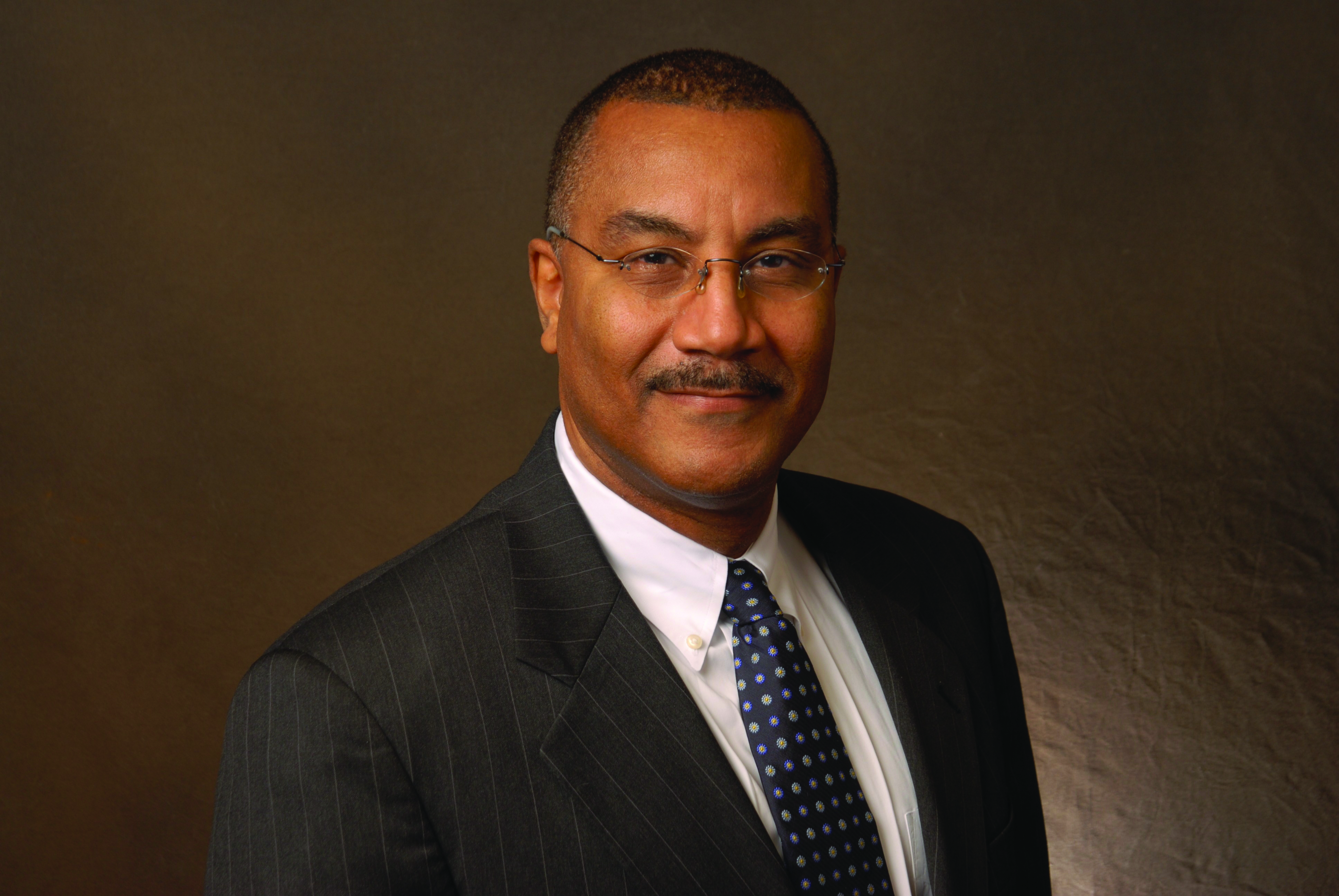 Joseph S. Francisco has revolutionized our understanding of chemical processes in the atmosphere at the molecular level.
Joseph S. Francisco has revolutionized our understanding of chemical processes in the atmosphere at the molecular level.
Among his contributions is the discovery of a molecule that is essential to the atmosphere's ability to break down pollutants, including the compounds that cause acid rain. His recent research focuses on how solar radiation impacts chemistry at the interface of cloud surfaces.
Francisco is a prolific researcher and writer of over 400 peer-review publications and a widely referenced textbook, Chemical Kinetics and Dynamics. He served as president of the National Organization for the Professional Advancement of Black Chemists and Chemical Engineers and in 2009 became the second Black president of the American Chemical Society.
Francisco's holistic approach to atmospheric chemistry has had a lasting impact on the field. "The real importance of atmospheric science is that it allows me to make that connection between chemistry and the earth sciences." Learn more about his many scientific contributions here.
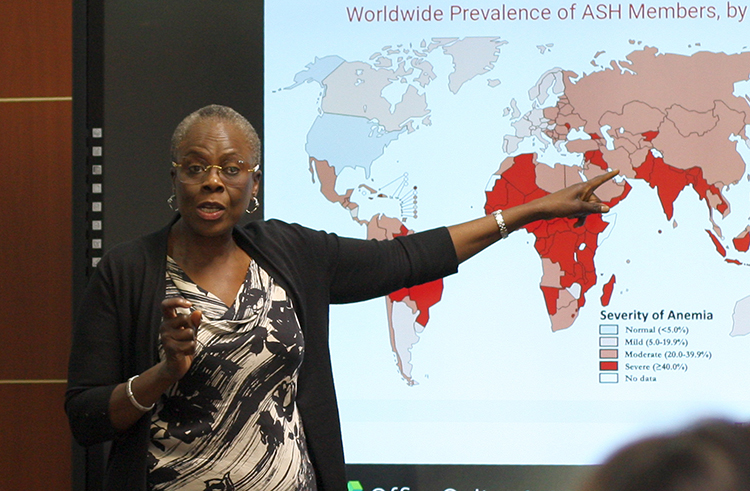
Olufunmilayo Olopade is a internationally renowned expert in breast cancer and cancer risk assessment. Her work has advanced early detection, treatment & prevention of breast cancer in women at high risk for the disease.
Through an individualized approach based on understanding of the altered genes in individual patients, Olopade has developed novel management strategies for the most aggressive forms of breast cancer.
Olopade is the recipient of numerous awards, including a 2005 MacArthur Foundation Fellowship or "Genius Grant," for translating findings on the molecular genetics of breast cancer in African and African-American women into innovative clinical practices in the US and abroad.
Olopade's impact on oncology can be seen in her advancement of health equity for diverse populations, with her discoveries leading to innovative approaches to democratize precision health care for all and reduce global health disparities. Learn more about her research here.
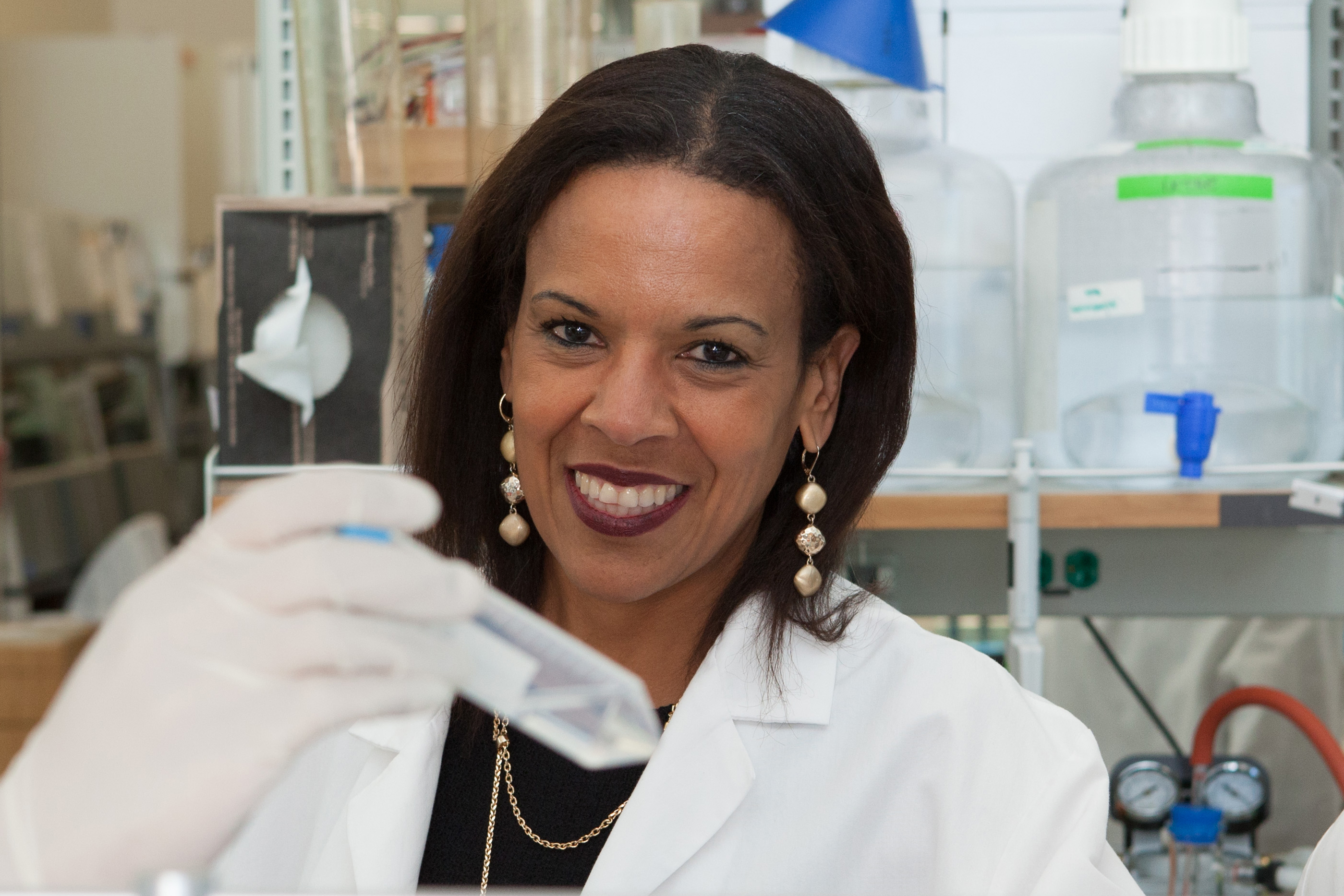 Karen Nelson's research has provided key insights into microbial evolution. Focusing on the human microbiome and its impact on health and disease, Nelson is leading discoveries that may advance healthcare at large.
Karen Nelson's research has provided key insights into microbial evolution. Focusing on the human microbiome and its impact on health and disease, Nelson is leading discoveries that may advance healthcare at large.
Nelson has played a role in several landmark achievements in microbial genomics, including the completion of the first comprehensive metagenomic survey of the human gastrointestinal tract. Her research has focused on interactions between the human microbiome and various diseases.
Nelson's discoveries have helped prompt a broader exploration of symbiotic relationships within the human body and how they affect human health and disease, as well as an emphasis on the individuality of the patient to inform tailored approaches to treatment and healthcare.
Nelson also serves as editor-in-chief of the journal Microbial Ecology, and has been an advocate for increasing diversity within STEM careers. "There are many people out there with brilliant minds, and we need them all in the STEM field." Learn more here.
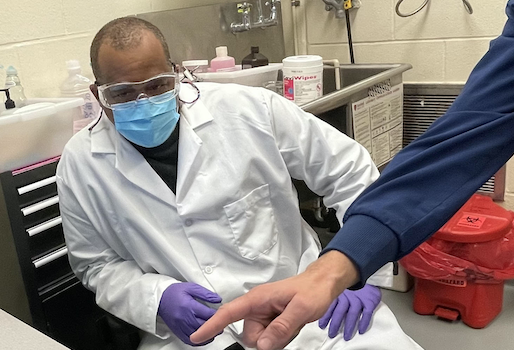
Tirin Moore, a visual neuroscientist, has helped transform our understanding of visual attention by grounding a causal link between motor control signals and the neural circuits of perception.
Moore's work constitutes one of the most rigorous and focused body of work in the field of systems and cognitive neuroscience, and has been an important contribution to the clinical understanding of attention disorders such as ADHD.
Because of these neuroscientific advancements, Moore received the 2009 Troland Research Award and the 2021 Pradel Research Award. You can learn more about his work here.
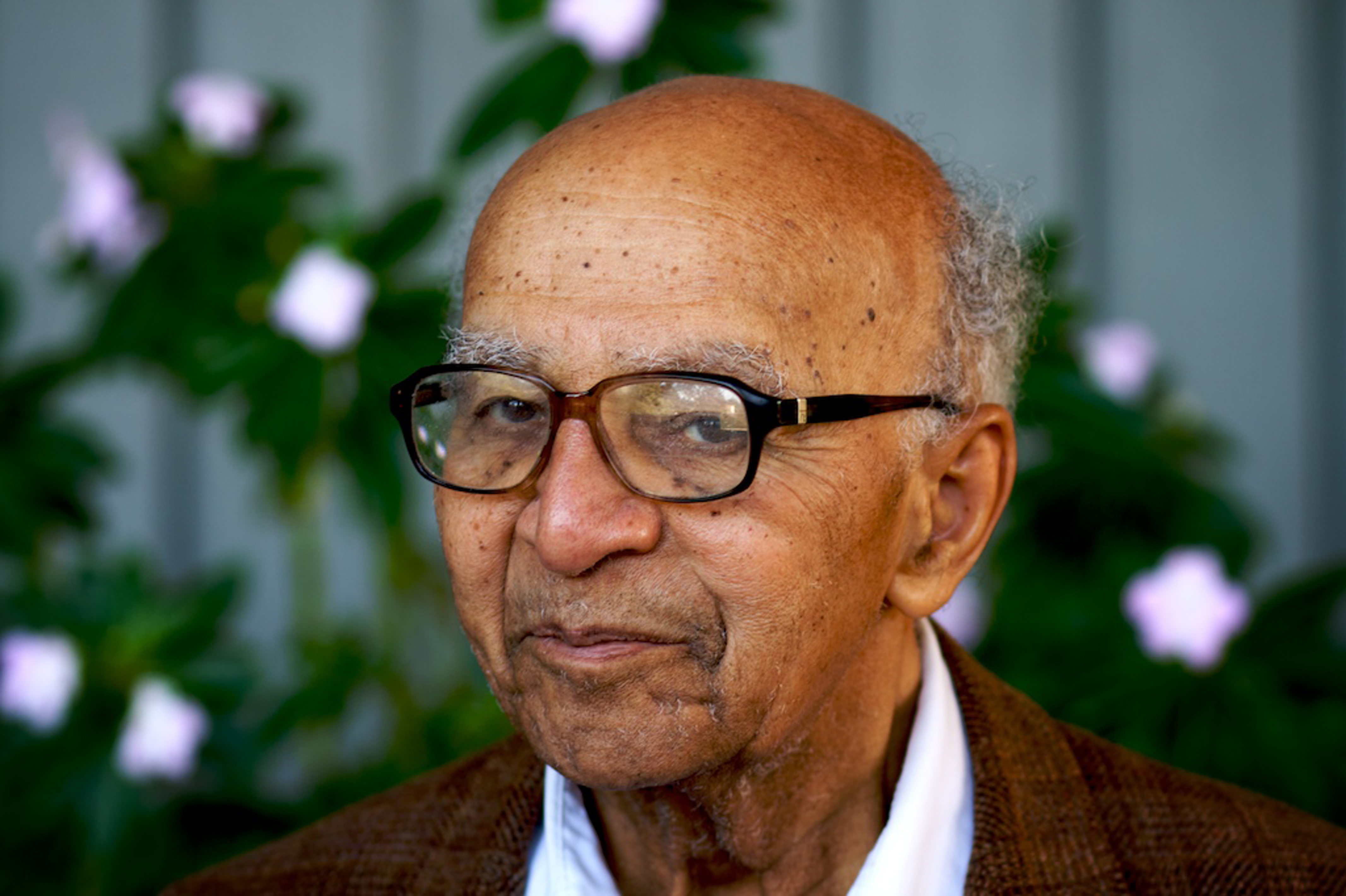 David H. Blackwell, the first Black NAS member, was a pioneering statistician who became a leading expert in game theory.
David H. Blackwell, the first Black NAS member, was a pioneering statistician who became a leading expert in game theory.
Blackwell rose from poverty and struggled against the intense racial discrimination of the mid-1900s to earn his PhD in mathematics, win a fellowship to Princeton University's Institute for Advanced Study, and later become the head of the math department at Howard University. While in Washington, he developed an interest in statistics after attending a lecture by Meyer A. Girshick, and together they wrote the 1954 book, "The Theory of Games and Statistical Decisions," which established them as leaders in the emerging field of game theory.
Blackwell's contributions to game theory include his analysis of bluffing as a poker strategy and his research on dueling. He also conducted seminal work on the mathematics of multistage decision-making that has been applied in defense and finance. In addition to being the first African American elected to the National Academy of Sciences, Blackwell was also the first Black tenured professor at University of California, Berkeley, and a member of Institute of Mathematical Statistics and the American Academy of Arts and Sciences. Read more about his trailblazing career here.
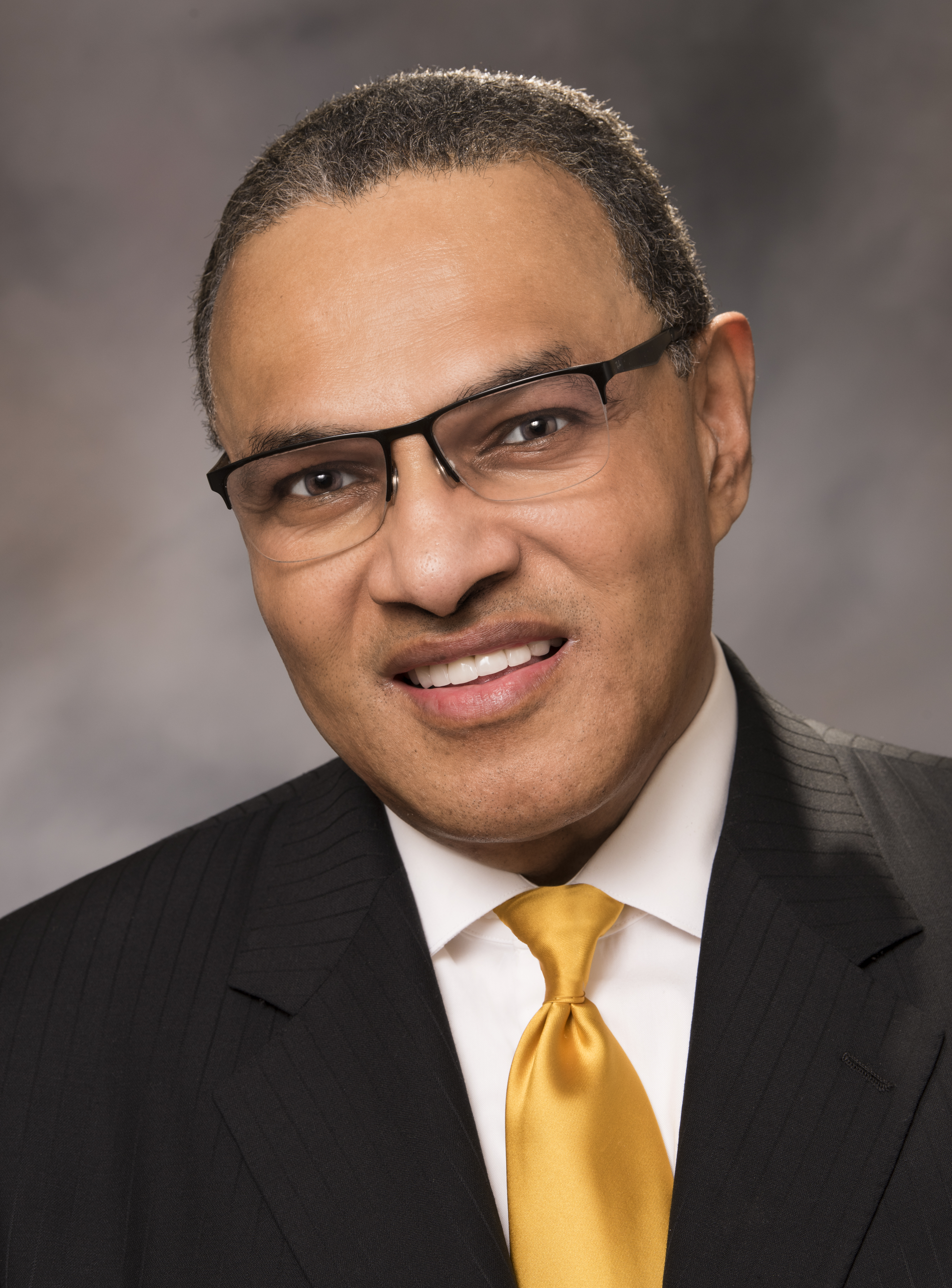
Freeman A. Hrabowski, III is a mathematician, educator and advocate who has transformed U.S. science education and increased cultural diversity within the science workforce and is also our 2023 Public Welfare Medal recipient.
Among Hrabowski's greatest contributions to higher education is his leadership in recasting the University of Maryland, Baltimore County into a top-tier research university and STEM education center that has been the top producer of Black undergraduates who go on to earn PhDs in science and engineering for 15 plus years.
Hrabowski started his advocacy work at a young age. At 12 years he old joined the historic Children’s March inspired by Martin Luther King Jr. and was among hundreds of children who were arrested as they marched for equal rights and opportunity — a cause that has shaped his career.
In retirement, Hrabowski has remained engaged in advancing diversity in science and engineering. As the inaugural American Council on Education Centennial Fellow, he focuses on how colleges and universities can ensure that all types of learners can access higher education and earn a degree.
"Of Hrabowski's many contributions, NAS President Marcia McNutt has said, ""Our entire science ecosystem is stronger because of his efforts, and our nation is reaping the benefits.”
The Creative Mind
“The Creative Mind” celebrates African Americans in medicine, mathematics, engineering, and across the branches of science. The exhibit, which made its debut 10 years ago, consists of seven panels — 3 feet wide and over 7 feet tall — each dedicated to notable Black scientists in a particular field. It features the careers and achievements of some of today’s outstanding black scientists, engineers, mathematicians, and medical professionals and highlights the work of notable figures from the past. A “Did You Know?” section brings in additional information about each field, pointing to future career possibilities for creative minds of the next generation.
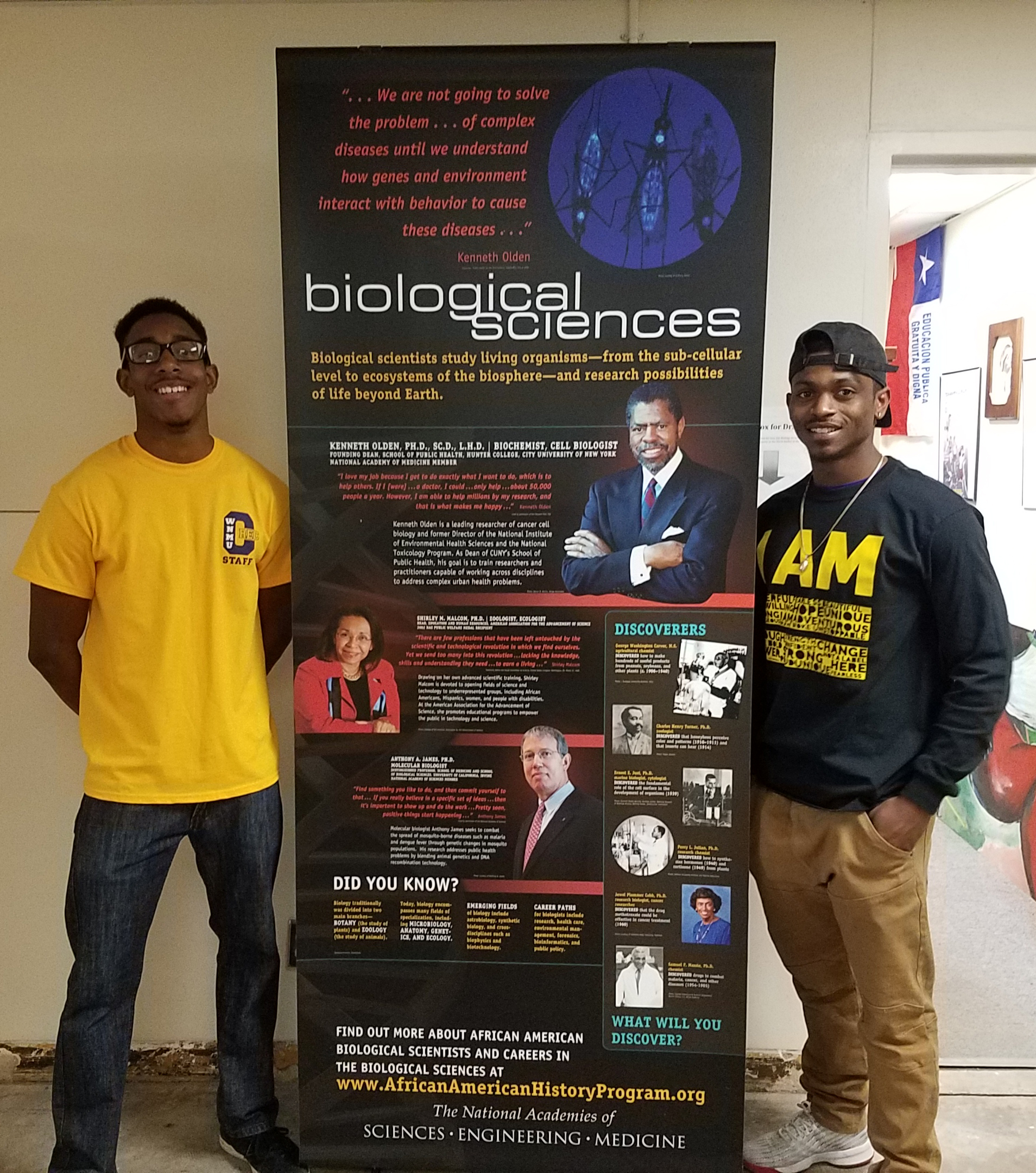 |
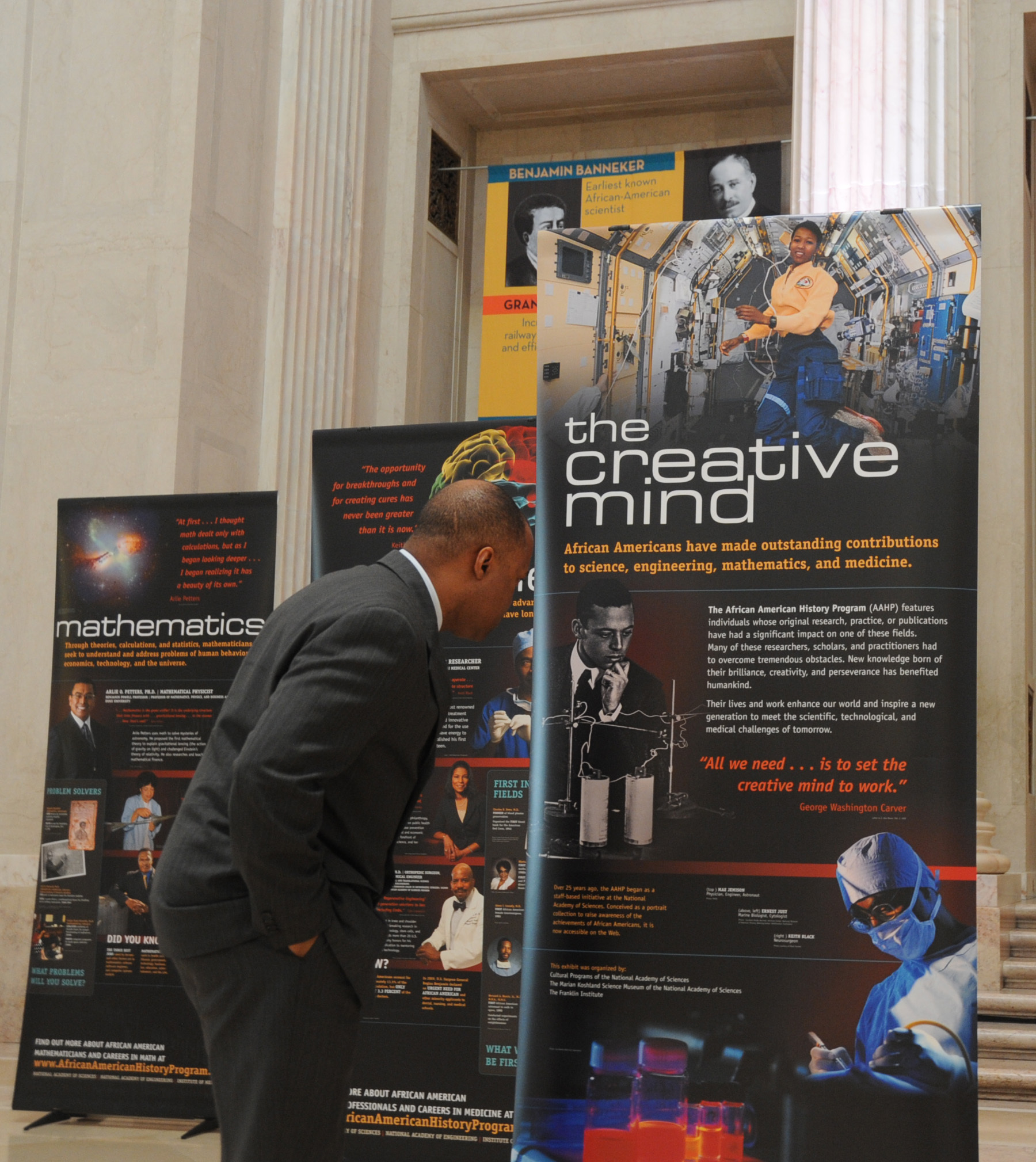 |
Among the scientists and engineers highlighted are Warren Washington, an atmospheric scientist who pioneered the use of computers to model and predict climate change, and Christine Darden, a mathematical engineer who made invaluable contributions to NASA’s missions through her research on sonic booms and high-speed aerodynamics. The exhibition is available for loan beginning on April 3, 2023. It is available for loan to schools, universities, libraries, and other qualified institutions. For more information contact Alana Quinn.
